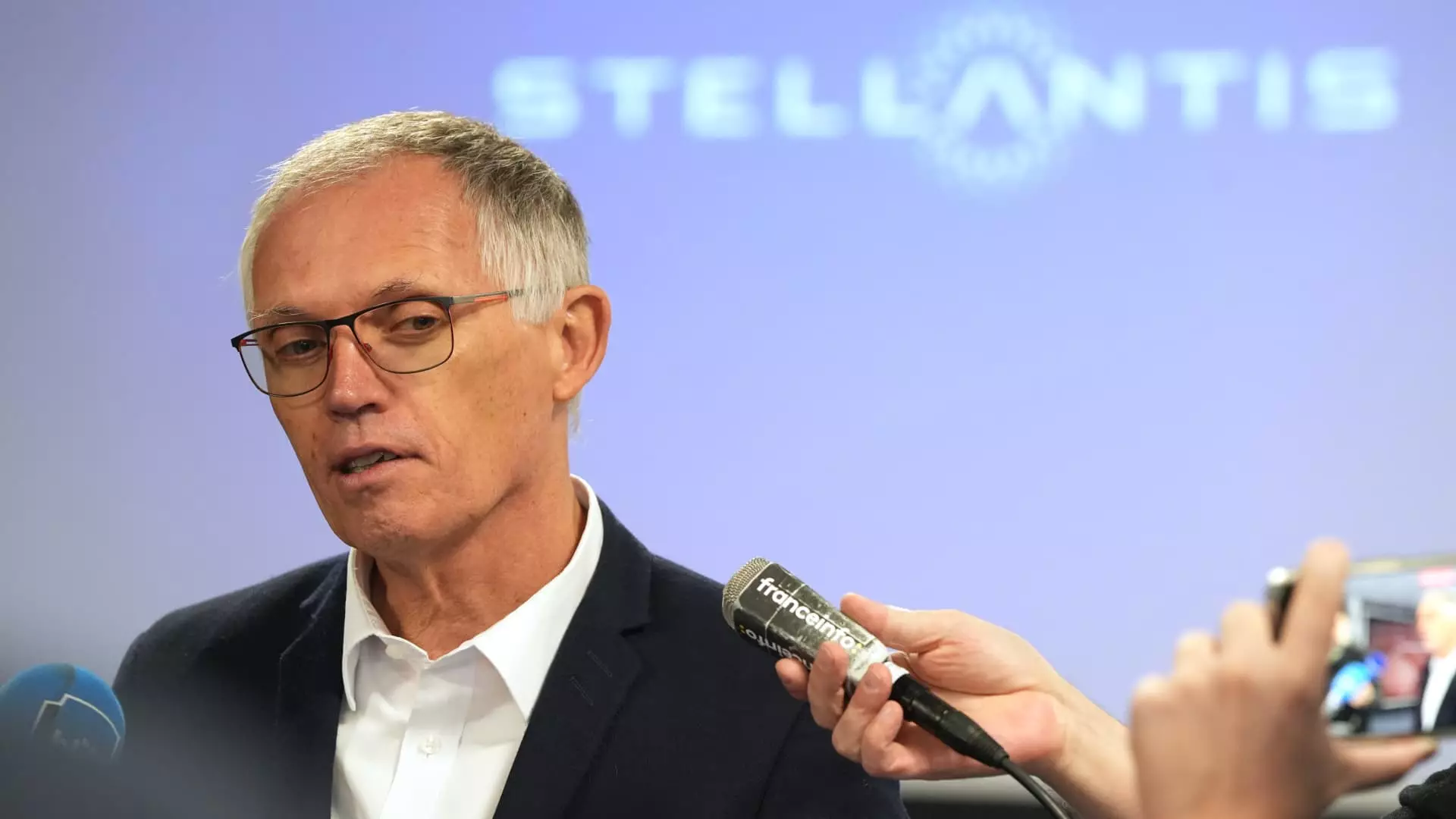The automotive industry is no stranger to conflict, particularly between manufacturers and labor unions. The recent legal conflict between Stellantis, a multinational automotive manufacturer, and the United Auto Workers (UAW) is emblematic of ongoing tensions in the industry. This article delves into the lawsuit filed by Stellantis against the UAW, exploring the implications for both parties and the broader labor landscape.
Stellantis has taken a significant step by filing a lawsuit against the UAW, escalating a monthslong dispute characterized by rising frustration on both sides. The lawsuit specifically targets the UAW’s local chapter in California, which engaged in a vote authorizing a strike at Stellantis’ Los Angeles Parts Distribution Center. The automaker argues that this vote essentially breaches their contractual agreement, which stipulates that strikes can only occur under certain conditions. In an internal message to employees, Tobin Williams, Stellantis’ Senior Vice President of North America Human Resources, emphasized that the lawsuit aims to hold both the international union and the local chapter accountable for economic losses incurred due to potential unlawful strikes.
This legal action underscores a critical tension: the union’s right to strike versus the company’s assertion of contractual obligations. At the heart of the dispute lies the UAW’s contention that Stellantis has strayed from commitments made in their last contractual agreement. Allegations include cuts to production levels and layoffs that, according to the union, violate the terms of their deal. As this conflict unfolds, it’s clear that the stakes are high for both parties.
The Union’s Response
In response to Stellantis’ lawsuit, UAW President Shawn Fain characterized the automaker’s actions as “desperate.” He argues that the company is resorting to intimidation tactics to stifle union dissent and dissenters within the workforce. Fain asserts confidence in the union’s ability to strike legally, framing the lawsuit as a mere threat indicative of Stellantis’s weakened position.
This rhetoric illustrates a growing friction within organized labor, as unions strive to assert their influence against increasingly powerful corporations. Fain’s emphatic claim that “A strike will cripple this company” serves as both a warning and a rallying cry for union members. It signals that the union is prepared to escalate their efforts if discussions with Stellantis continue to falter.
Central to the dispute are allegations that Stellantis has not adhered to contractual obligations established in their prior agreement. Stellantis contends that the company retains the right to alter plans based on various external factors, including market conditions and plant performance. This assertion is backed by a specific document known as “Letter 311,” which outlines conditional investment plans, suggesting that economic realities can dictate the company’s responses and commitments.
Herein lies a complex facet of labor relations; contracts are often interpreted subjectively based on shifting economic landscapes. The reality that companies may need to pivot in response to financial pressures can clash with unions’ advocacy for job security and stable working conditions. As this legal battle progresses, the capacity for both sides to navigate these nuanced contractual interpretations will be tested in court.
As Stellantis and the UAW prepare for a legal showdown, the implications extend far beyond the confines of this particular dispute. This situation reflects broader challenges facing labor unions in an ever-evolving marketplace. Strikes and litigation can destabilize not just individual companies but ebb and flow throughout the entire automotive sector, impacting production, investments, and overall labor relations.
Innovations in the automotive landscape, particularly with the rise of electric vehicles and other technological advancements, put even more pressure on labor negotiations. Unions like the UAW must balance the desire for robust labor protections with the industry’s need for agility and competitiveness. The Stellantis-UAW saga serves as a case study in how these tensions might manifest in increasingly complex ways.
The legal battle between Stellantis and the UAW is a critical flashpoint in the automotive industry, symbolizing deeper struggles between labor unions and corporate entities. As both parties navigate this turbulent landscape, their actions may not only redefine their own futures but also set precedents for labor relations across the sector. With both sides poised for a significant confrontation, the outcome of this lawsuit will likely reverberate throughout the industry, highlighting the importance of negotiation, contract compliance, and the ongoing fight for workers’ rights.

